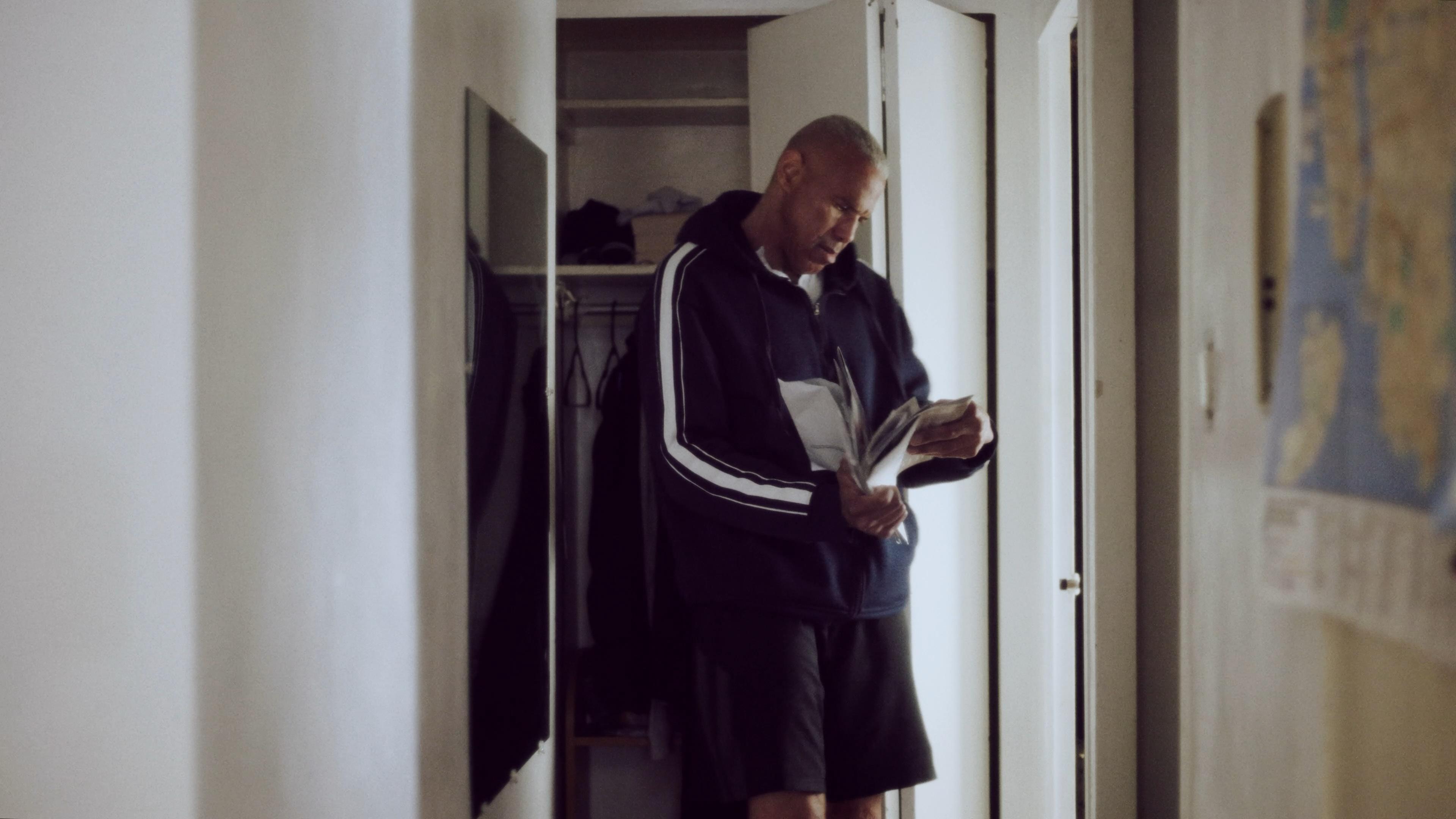-
Search Results
-
Hi master Deakins,
here in one of the behind the scenes in no country, the monitor shows more of a square image with guideline for 2.35 aspect ratio for the final film.
Is it not distracting to see the full frame for you when framing for wide screen aspect ratios or is it how you prefer doing, was it not better to black out the top and bottom of the frame if the final is 2.35.
Thank you .

So I was reading about the cinematography of a complete unknown, shot by Phedon Papamichael and he discussed using higher ISO levels to get deep depth of field while shooting at night with custom panavision anamorphics and while hearing about that I remembered another film shot on anamorphic taking place in New York. Manhattan, shot by Gordon Willis. In an interview he talked about how depending on what you were shooting, you’d still have a shallow depth of field no matter what (and this was on 35mm film, let alone the full frame that a complete unknown was shot in). I know you’re not a big anamorphic guy anyways but what are your thoughts on the idea of shooting for deep depth in the anamorphic format?
Dear Mr. Deakins,
Denis Villeneuve is the perfect director to bring Miyamoto Musashi’s legendary story to life. His signature slow-burn intensity, breathtaking cinematography, and deep philosophical themes would make for an unforgettable Samurai epic.
Why now (or soon)?
- Musashi’s story has never been truly brought to Hollywood in a major film.
- Eiji Yoshikawa’s novel „Musashi“ is one of the most celebrated historical books in Japan.
- Hollywood is bringing back grand historical epics (Gladiator 2, Nolan’s „The Odyssey“).
- Villeneuve is already a master of visually stunning and deeply philosophical cinema (Dune, Blade Runner 2049).
Would Denis be the right director for this? I think yes! What do you think, Mr. Deakins? Any chance you could pitch that idea to Denis or discuss it with the right guests in your podcast?
P.S. I hope I was able to spark a fire inside of you for that idea!
Topic: Combining Point Sources
Hello Roger and forum members!
I was wondering if anyone knows the effect of clustering 1200Ds, or similar sources, to create one large point source light without multiple shadows.
We are shooting on the second floor of an old barn, that has slats where light can punch through, ideally we want rays of light shining through as the sun and haze illuminating the rays as a backlight to the talent.
Ideally I would put a 12k or 18k tungsten fresnel outside of the space on a condor. However due to budget constraints I don’t believe this would be possible. The main problem is that we are shooting on the second floor of a barn, so without a condor any light would have to go on top of a matthews mambo combo at 24 feet, which would have to be a much smaller light than a 12k, physically. Unfortunately a long john stand will be slightly too short and would end up too head-on.
Thus, I was thinking a lighter light such as a 1200D would work on the mambo stand. However, that light would not be bright enough. So, I was thinking of clustering 3 or 4 of them together to create one large point source, but I am worried about having multiple shadows in the barn.
Do you think clustering these lights would lead to multiple shadows, or is there maybe a different solution here?
Best,
Robert
I was wondering if we could have a turning the tables episode with Team Deakins, by our own David Mullen ( @dmullenasc ) ? 🙂
Thank you for this awesome movie and podcast, Team Deakins, and thanks to David Mullen for his educational commentary and knowledge sharing.
CBE, ASC, BSC

